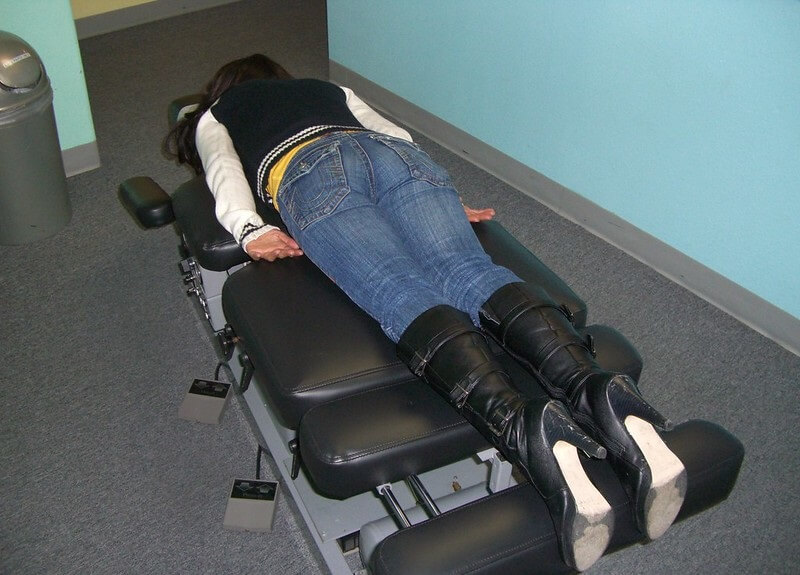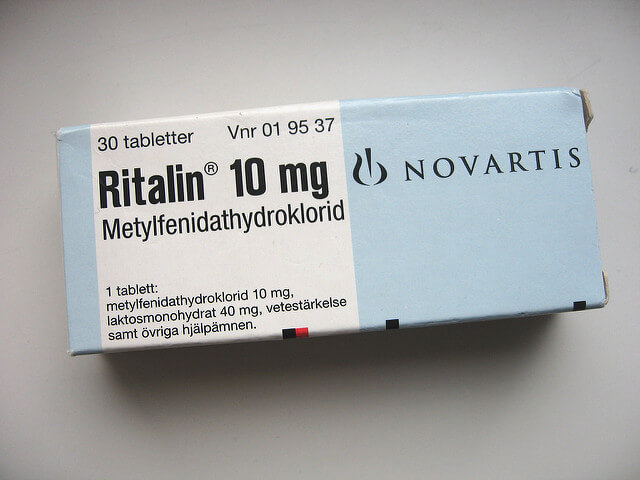Coronavirus Chiropractic Contingency and Exposure Plan
By Harry Engel
If you have employees or patients, it is prudent to create a set of action and contingency plans to protect the staff, your patients and your practice from the Coronavirus. Even though we’re exposed to viruses every day as patients come in and out of our offices, and yet we don’t get sick, this Coronavirus seems to be different from the flu. Hopefully it is more benign. As doctors, we have our philosophies of health. As business owners, we need to be prudent about managing risks and protecting the business. The following is an actual plan developed for a multi doctor clinic in California:
Our plan of action has 3 separate elements: A plan to protect our staff. A plan to protect our patients. A plan to protect the practice.
Inherently, we understand that there is a scientific and emotional component to managing the effects of the Coronavirus outbreak. Making sure your employees and patients FEEL safe is just as important as making sure they are safe.

We identified the following key points:
- There is a very good chance that the virus will impact our community.
- Data on this virus is not reliable. There are a number of indicators. Governments slant the data. Media uses it to increase their traffic. We are liking independent sources like Virology Down Under.
- Even though the mortality rate will most likely be substantially lower here than it is in other countries, just one fatality from our clinic would impact us in a horrid way.
- It seems like the most vulnerable are the elderly, very young and those with weak or compromised immune systems.
- The hysteria will most likely be worse than the virus, comparatively speaking, particularly when you look at deaths from other sources.
- As the virus hit pandemic levels in communities in other parts of the world, we have seen complete shutdown of industry, education and travel. People have chosen not to be in spaces where there are other people.
- If this occurred in our community we could see a substantial drop in patients venturing out in public.
- Symptoms mimic the flu: fever, cough and difficulty breathing.
- Cal-Osha (California Worker Safety Board) has decreed we need a plan
- Written Exposure Control Plan and Procedures.
- As business owners we need a plan. As Doctors we need to know how to make sure our patients are properly cared for. If the virus fails to cause us issues, we have been prudent, and perhaps helped a few people avoid the flu.
Protecting the staff:
- Identify staff that have weak immune systems.
- These employees should not show up to work.
- We need to better understand if they can collect unemployment, disability or if we need to keep them on payroll.
- Be vigilant to patients that may carry the virus. Notify management/Doctor immediately.
- Identify potential exposures, evaluating the cause, determine who was exposed, provide care as needed, improve procedures as we learn.
- Educate the staff:
- Signs and symptoms
- Protection process
- Protection equipment, proper use, handling, disposal, limitations
- Activities that may cause exposure
- Physical protection.
- Monitor staff temperatures – if they have a fever they go home.
- Masks.
- The CDC and others seem to indicate that masks do not offer significant protection
- Masks may actually increase risk.
- Masks will provide some protection against spreading the virus if the person wearing the mask has the virus
- Masks will show the public that we are doing something, so they offer emotional support.
- We will make them available to the staff who desire to wear them.
- Antimicrobial wipes.
- We’ve ordered wipes for patients to use, to minimize the spreading of the virus by touch.
- Wipes can also be used by staff to sanitize as necessary.
- Hand sanitizer stations.
- Front Desk
- Doctors area
- Therapy
- Anti-Microbial Spray
- Spray bottles in all staff areas.
- Provide the doctors with stylus so that they don’t need to touch the touch screens.
- Ultraviolet lighting
- Still in the research stage, but seems to be prudent, and cost effective.
- Installed in the AC system
- Installed in the patient bathroom with a timer/photo sensor so that they turn for a period of time on every time the light goes out, and turn off when the light is turned back on.
- Still in the research stage, but seems to be prudent, and cost effective.
- Essential oils
- We know we’ll get flack for this, but it’s been on our list for a while to have a scent for the office.
- Thieves oil has a reputation for killing viruses as do other oils.
- Prevention:
- Build the immune system.
- No Sugar! No honey, corn syrup or any other sugar. That means read the labels, because there’s tons of sugar in processed foods. And that means no alcohol.
- 1,000 units vit C daily
- 5,000 units Vit D daily. If they haven’t been taking it, start with a heavy dose for the first week to kick start.
- Get adjusted.
- Keep taking other immune supports like chlorella, probiotics.
- Educate staff on how to avoid contact and spreading of the virus.
- Wash
- Sanitize
- Elbow sneeze
- Do not touch the face
- Be cognizant of what you are touching.
- Make sure their household is prepared with adequate supplies of food, water, medicines/supplements and hygiene tools.
- Educate their children and others living in their homes.
- Build the immune system.
- What to do if you start feeling like crap.
- Notify manager
- Go home
- Stay home until the office manager agrees that you can come back.
- Take oil of oregano
- Consider Oscillococcinum homeopathic remedy
- High doses of vitamin C, follow the protocol on the handout.
- Colloidal silver
- Lauricidin
- Follow medical advice.
- Be aware that going to the ER or Urgent care might expose you to the virus, which could be a problem if your symptoms are perhaps related to the flu or other condition.
Protecting Patients:
- Educate patients that they are responsible for their own health. Teach them how to protect themselves, their families and friends. Use our Staff plan as the basis for their education.
- Dry erase boards
- Handouts
- Workshops
- Social media
- Provide antimicrobial wipes for them to use to wipe the face section of the table and any other sections of the table they desire to wipe, as well as any electronics they may touch.
- Leave the front door open if weather permits so patients don’t have to touch the handles (and improve air cirulation).
- Regularly spray sections of the office that patients come in contact with.
- Explain our plan so they understand we are taking action to protect them.
Protecting the Practice.
- The practice needs to survive the following scenarios:
- Substantial drop in patient visits
- Substantial decrease in staffing (Doctors and staff)
- Unknown length of time for the practice to recover
- As patient volume drops
- Overhead must drop congruently and immediately.
- Temporary Layoffs, doctors and staff
- Cutting expenses
- Negotiate overhead wherever possible
- This will be dynamic
- Overhead must drop congruently and immediately.
This posted document is a work in action. We’ve shared it with our staff. We have ordered supplies. We are educating our patients.

